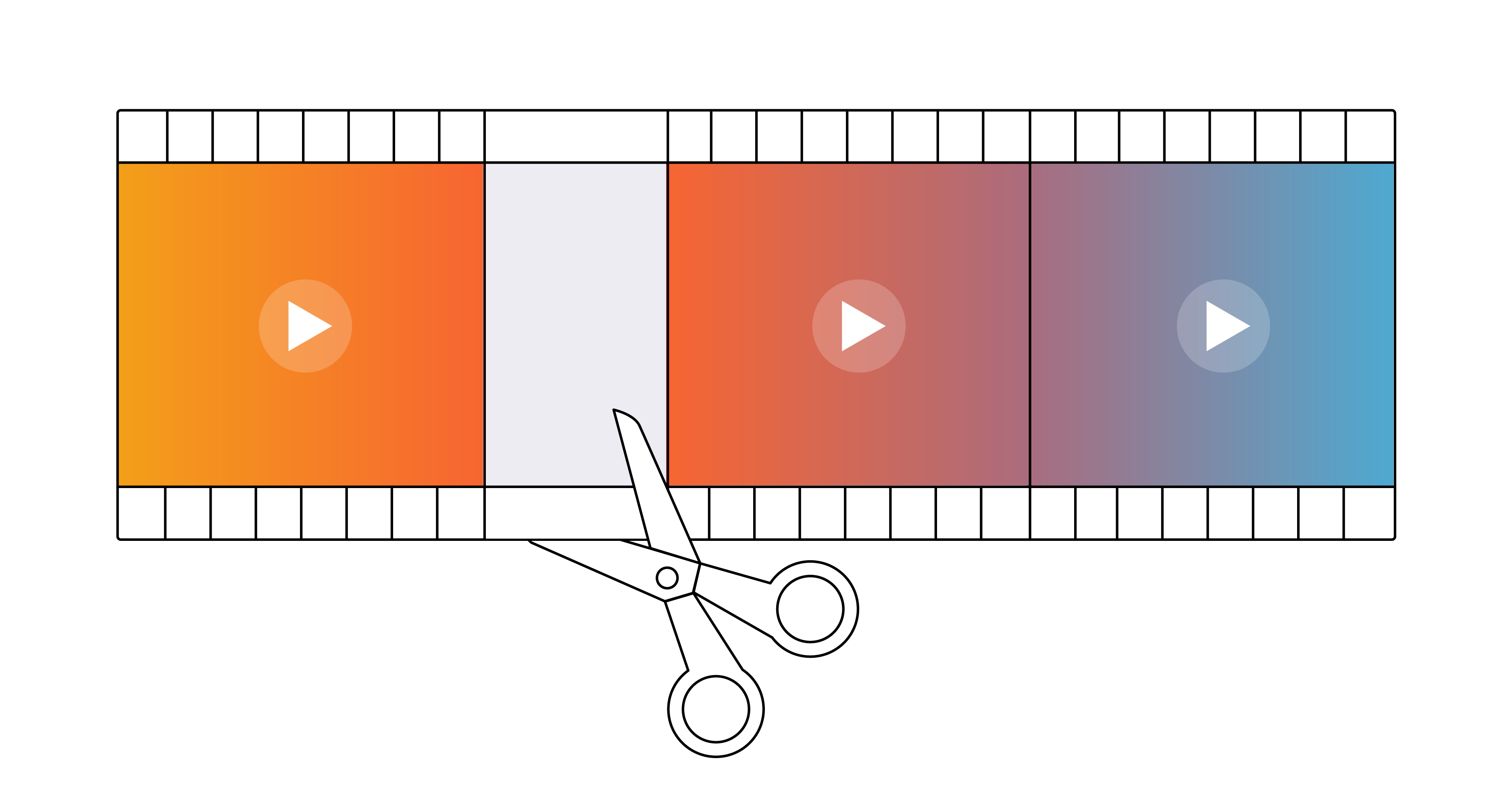Tips for Effective Video Communication
Marketing

As working from home becomes commonplace for many of us, good video communication will only become more important. And visual cues are the key to creating helpful, entertaining videos.
Most people don’t realize that we’re constantly sending each other social signals or cues. We’re doing this with our body language, facial expressions, gestures, posture, and voice. We’re sending these cues every day, and they change how others perceive us and how we perceive ourselves.
Understanding cues is imperative for video communication, but getting started with them doesn’t have to be intimidating. In fact, there are several things to keep in mind as you become more aware of your video presence and perception.
Cues affect video engagement.
There are five cues that can help increase video engagement.
- Make sure you’re 18 inches to 3 feet away from the camera. Ideally, you should be showing some of your torso and upper body, not just your face.
- Show your hands in the first second or two with a wave “hello.”
- Occasionally make eye contact with the camera—and don’t just watch your face on screen.
- Use dynamic hand gestures as you speak.
- When others are speaking, use a head tilt or slow triple nod to show you are listening.
There are also three negative cues to avoid.
- Getting too close to the camera.
- Angling away from the camera. Make sure your body is right in line with it.
- Pursing your lips. When you press your lips together, it looks like you’re withholding from the conversation.
Cues apply to all videos.
All videos benefit from cues, but how and when you use them is key. If you want someone to take action, cues are especially important. The goal is to be purposeful.
For crisis communication videos, you should showcase trust and warmth upfront, but also competence when discussing possible solutions. Similarly, a marketing video might have more warmth and trust if it is a first impression video.
Cues require charisma.
It’s incredibly difficult for our brains to pay attention in person. On video, it’s even harder. But the more charismatic you are, the easier it is for people to listen, feel connected, and remember what you have to say.
Charisma takes the friction out of video and makes everything smoother. It removes awkwardness, making conversation easier and helping with sales and engagement. Viewers like to buy from, talk to, and be with people who are charismatic, especially when someone can give this to us on video.
Everyone can learn cues.
Extroverts often have an easier time trying cues that are out of their comfort zone, while introverts might need some convincing. That’s fine. Practice new cues at your own pace. Introverts should start using new cues in low-pressure environments. Never start using new cues for the first time in a big pitch or meeting.
Video is shaping social cues.
As communications goes more digital, our social cues are likely to change with it. We might work with people for years without ever having met them in person. This means we have to be able to create strong bonds over video alone.
We are also consuming much more information over video, making everything from medical decisions to purchase decisions to romantic decisions through video communication. In this way, we have to know how to show up as our best selves in video every time.
Intimacy cues, like physical closeness, touch, and warmth nonverbals, will also likely be only for the people we’re close with. Shaking hands used to be the norm, but now we might reserve touch for people we truly trust and would be OK catching germs from.
[Learn more in our PLAY episode, “Cues: Small Signals, Incredible Impact.”](https://playtv.brightcove.com/watch/player/28257/stream?assetType=movies&playlist_id=186 "Stream "Cues" on PlayTV")



